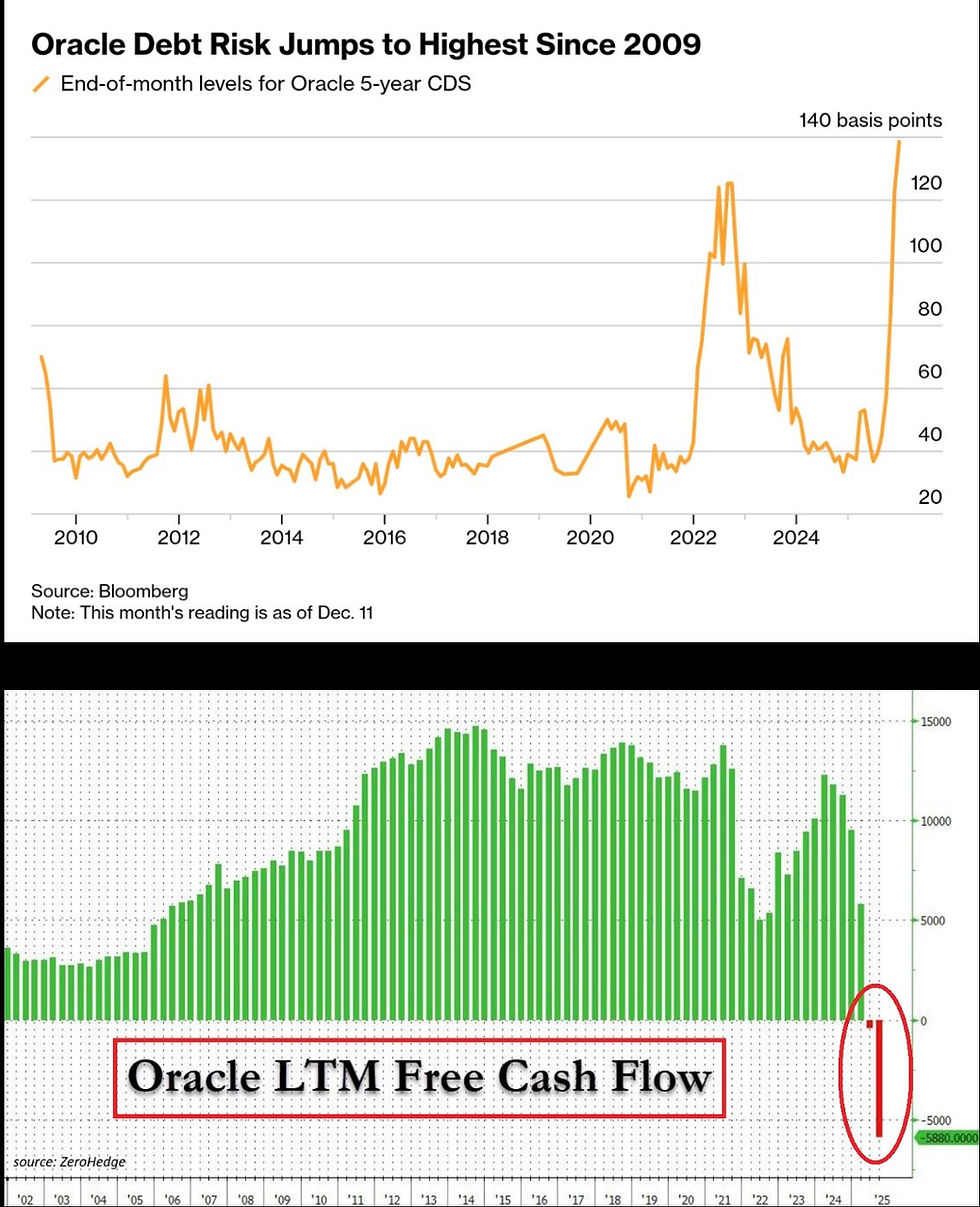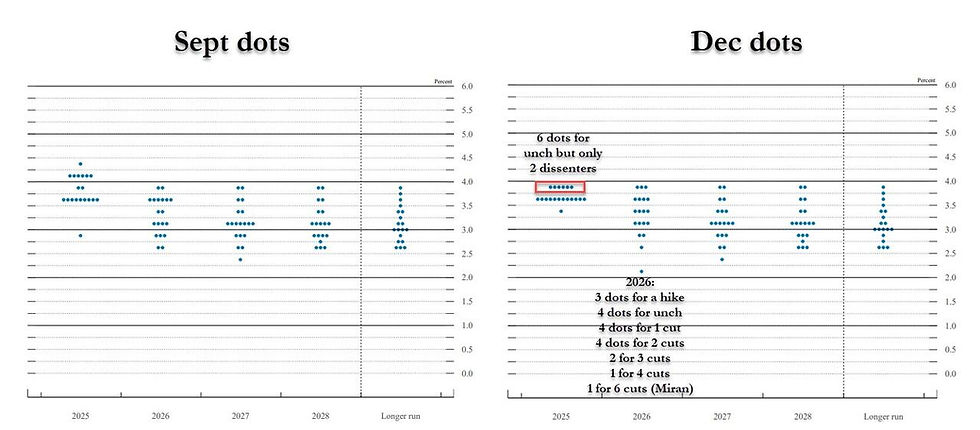Upflow
- Gustavo A Cano, CFA, FRM

- Jul 11
- 2 min read
The Trump administration just imposed new tariffs (35%) on selected Canada goods. The president continues to believe that he can push other nations to pay for U.S. deficit, and it would appear that a tool that was initially born as a negotiation tactic, is now morphing into a collecting mechanism to force the hand of other countries. He also believes that the price increase of goods subject to tariffs will be absorbed in its entirety by foreign producers, and not by US consumers. But the bond market is not buying it. As a matter of fact, long term bonds are screaming to the world that this path is unsustainable not only for the U.S., but for Europe, UK and Japan. After years of near zero interest rates, we are now in a regime where bond yields are going up through a combination of higher inflation expectations and high levels of government debt and deficits. The fact that we still have several armed conflicts going around in the world does not help either, because since the Roman Empire, wars have been financed with debt. But in addition to all that, the yield curve is the backbone of all asset classes: their valuation is obtained through discounting cash flows using government debt yields. When yields go up, valuations go down (assuming of course everything else being equal). That’s not an opinion, that’s math. And that becomes relevant when market indices are pushing all time highs. Prices have been inflated by years or zero interest rates and now they need to reprice to the new reality. When and how would that happen?
Want to know more? You can find all our posts at https://www.myfundamental.net/insights
#iamfundamental #soyfundamental #wealthmanagement #familyoffice #financialadvisor #financialplanning #policymistake #ratecut #stagflation











Comments